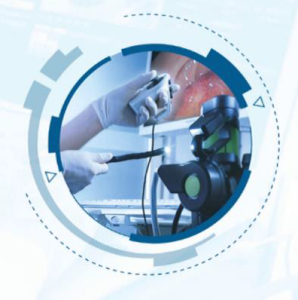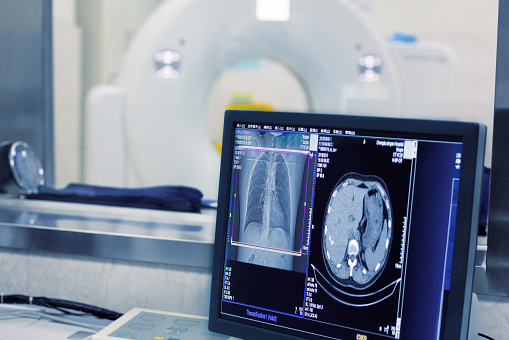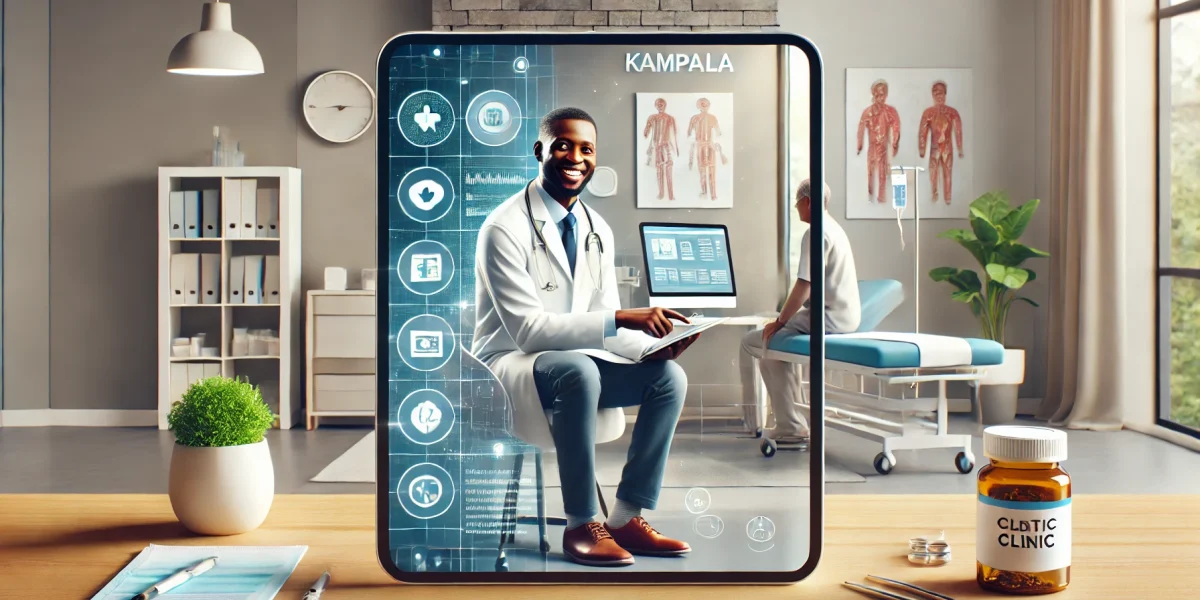Diagnostic software in healthcare offers several benefits that contribute to improved patient care, efficiency, and overall effectiveness of healthcare systems. Here are some key advantages:
Early Detection and Diagnosis:
Diagnostic software helps in the early detection of diseases and medical conditions, allowing healthcare professionals to intervene at an earlier stage. This can lead to more effective treatments and better patient outcomes.
Accuracy and Precision:
Automated diagnostic tools often provide a high level of accuracy and precision in analyzing medical data. This reduces the risk of human error and ensures that diagnoses are based on reliable information.
Efficiency and Time Savings:
Automation of diagnostic processes can significantly reduce the time required to analyze medical data and generate reports. This allows healthcare providers to make quicker decisions and initiate timely interventions.
Data Integration and Centralized Information:
Diagnostic software often integrates with other healthcare systems, allowing for centralized storage and easy access to patient information. This improves coordination of care, as multiple healthcare professionals can access and contribute to a patient’s diagnostic history.
Cost Reduction:
Early detection and accurate diagnoses can lead to cost savings by avoiding unnecessary tests, treatments, and hospitalizations. Additionally, streamlined processes and reduced administrative overhead contribute to overall cost reduction.
Remote Monitoring:
Some diagnostic software enables remote monitoring of patients, allowing healthcare providers to track vital signs and other health metrics. This is particularly valuable for managing chronic conditions and providing personalized care.
Customization and Personalization:
Diagnostic software can be customized to suit the specific needs of healthcare providers and institutions. This allows for personalized approaches to patient care and the incorporation of institution-specific protocols and guidelines.
Improved Patient Engagement:
Diagnostic tools that provide clear and visual representations of medical data can help patients better understand their health conditions. This increased understanding can lead to improved patient compliance and engagement in their own healthcare.


Research and Data Analysis:
Diagnostic software generates vast amounts of data, which can be valuable for research purposes. Aggregated and anonymized data can be analyzed to identify trends, patterns, and potential areas for medical research and improvement.
Quality Assurance:
Diagnostic software often includes built-in quality assurance mechanisms, helping to standardize diagnostic processes and ensure consistent and reliable results across different healthcare providers and settings.
In summary, diagnostic software in healthcare contributes to better patient outcomes, increased efficiency, and cost-effective healthcare delivery by enhancing the accuracy and speed of diagnoses while promoting data integration and personalized patient care.





